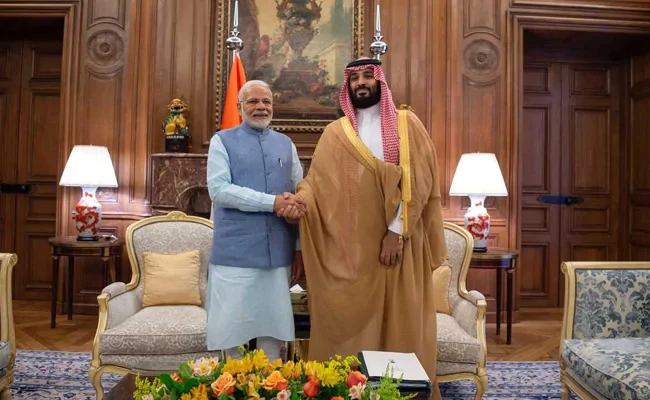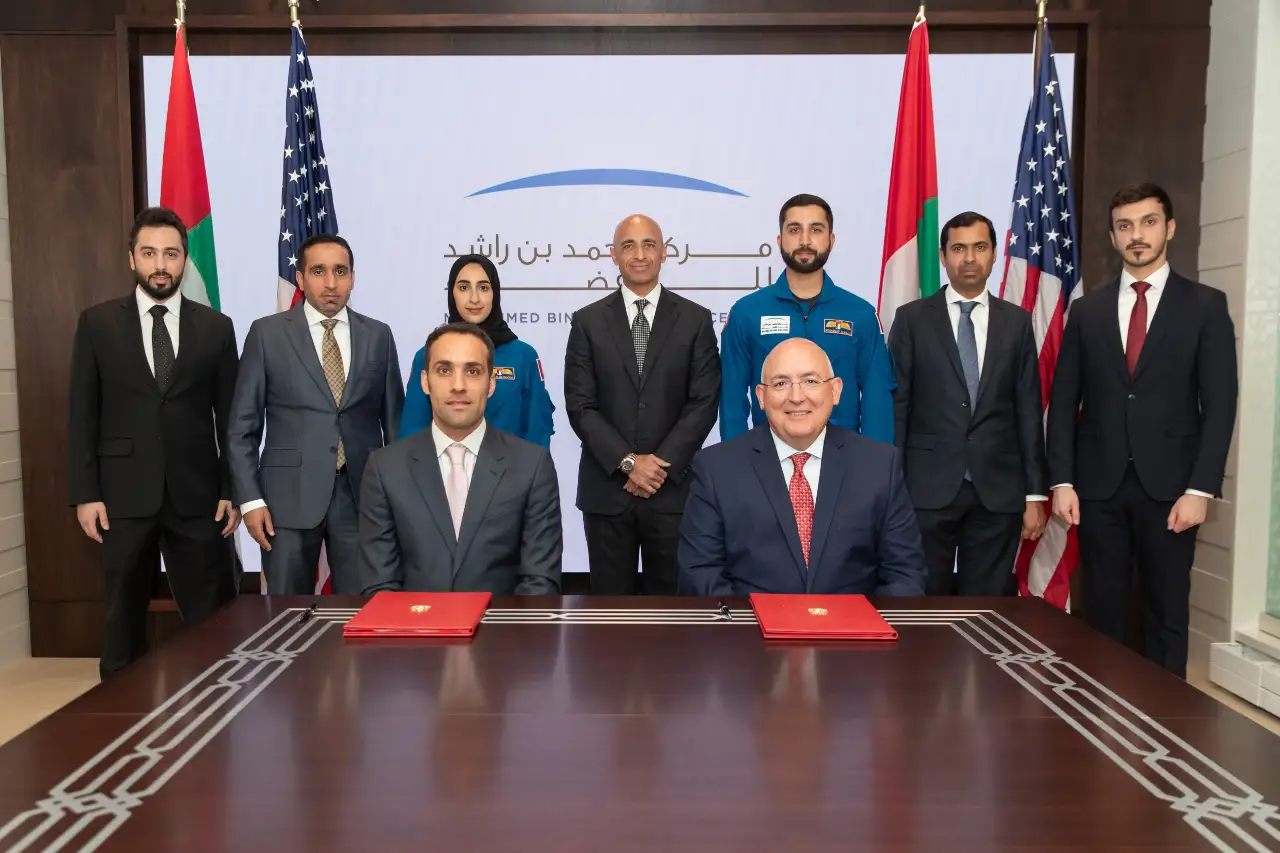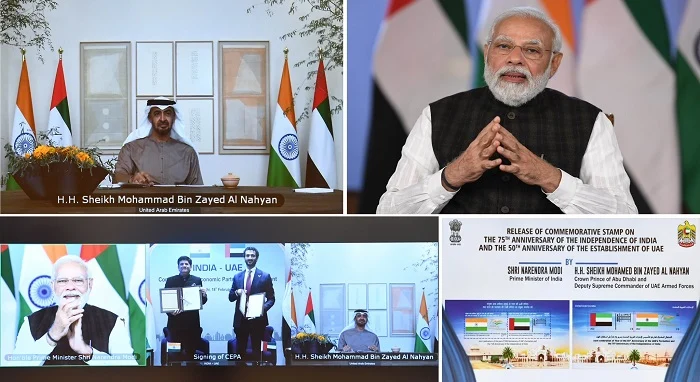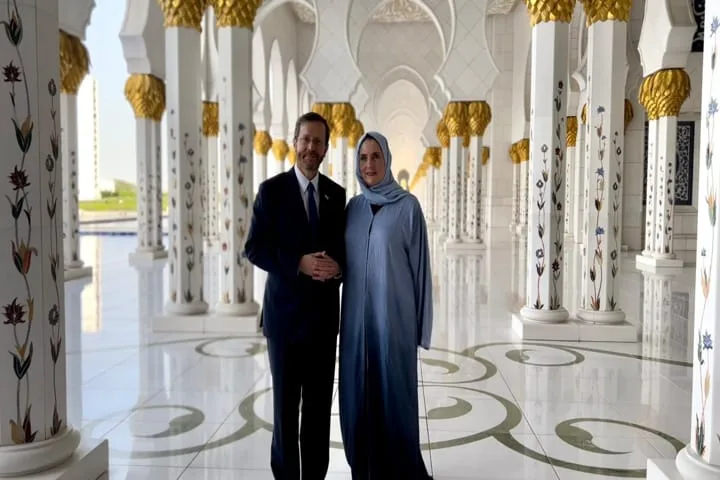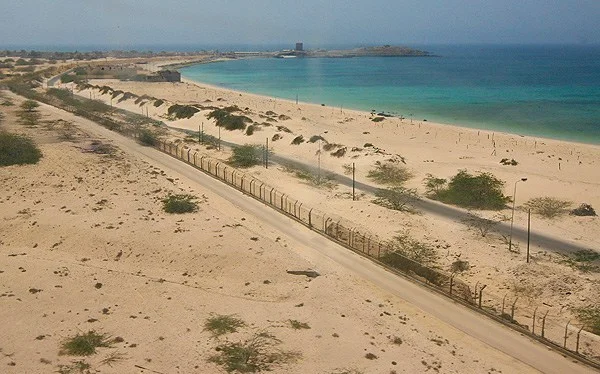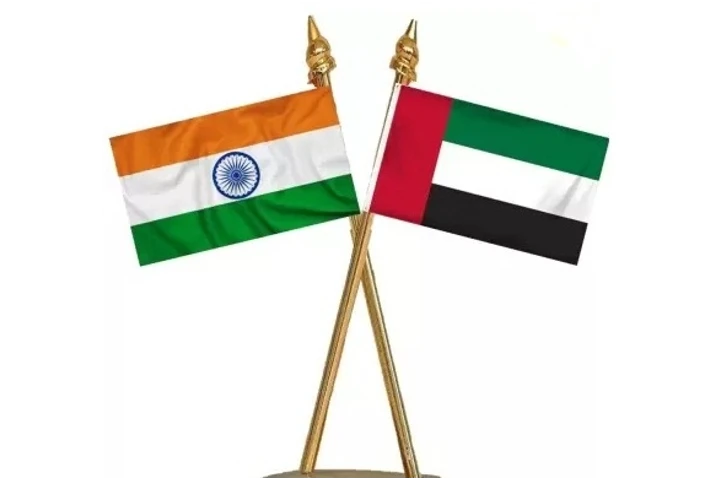Relations with the Gulf region, where India has strong people-to-people connect since centuries and where India is heavily dependent for its energy supplies, were under pressure recently due to communal tensions and a sustained social media campaign run from within and outside the country.
India Narrative digs deeper into the India-Gulf dynamics—relations under the Modi government, migration patterns and the post-oil future of countries and communities in the Gulf. We speak with Manishankar Prasad, Singapore-based independent writer and PhD researcher who researches and writes about labour diaspora histories of the Gulf.
Prasad specialises in the evolving post oil futures of the Gulf and has written for the Arab Gulf States Institute in Washington and The Middle East Institute at the National University of Singapore (NUS) and many global publications. He has done environmental engineering and public policy at the NUS and has roots in Muscat and Mumbai.

Manishankar Prasad
Excerpts from the interview:
India-Gulf ties under the Modi government
I would like to bring out the elephant in the room. Pradhan Mantri Modi ji, Foreign Minister S Jaishankar and even late Sushma Swaraj ji have done more for India-Gulf relations than any previous administration. It happened because Prime Minister Modi was the first PM to visit the UAE in 2015 on a State visit after the last visit took place in 1982.
Modi is from Ahmedabad and a lot of his country cousins operate businesses in Oman, Bahrain, UAE and all over the Gulf. Some have been in the region for 200-250 years and hold Omani and Bahraini passports. Then, there are the Swamy Narayan temples in Muscat and Manama which have been revamped recently with the help of the Indian embassy and the local Indian trading community. So the Gulf countries have cultural ties with the western parts of India like the Kutch.
Paradoxically, it is the so-called ‘Hindu nationalist Prime Minister’ who has improved ties with the Gulf region.
In spite of the rather limited perception that Muslims have been persecuted in India, it is the Modi-Jaishankar combine which has contributed to the intimacy and closeness in the dynamics with the Gulf, especially with the UAE. There are comprehensive economic agreements and significant economic integration between both the countries. So, we read into the circulation of funds, money, labour and capital rather than behind the rhetoric.
The flip side to it is that there are a lot of Indian Muslims who have always found work because of historical and cultural reasons. There also has been an upsurge of Muslims moving to the Gulf in the past few years for work. But this Modi and Jaishankar's work has only moved ahead the India agenda in the Gulf.
India as a regional power
India has been a regional power through the days of the British Raj and even before that because of its nearly 1,000-year civilizational ties with the region from the Malabar or the Kutch. India is seen as a regional power with no interest in expressing itself in the Gulf because of de-colonisation.
If we go back slightly, the entire Bandung movement called for support to Palestine and as the Gulf states were aligned with the United States during the cold war, India was ideologically on the other side but since the fall of the Berlin wall and the 9/11 attacks, there has been closer security integration between India and the Gulf nations.
Relations have improved such that the Indian Army chief visited Saudi Arabia during the pandemic. Similarly, the Omani Defence Minister and the Omani Army and Naval chiefs visited the North Block a few months back.
As far as the regional power configuration is concerned, India has been active in the anti-piracy missions, even along the Horn of Africa. In my opinion, India is a strong regional power though it might not be the traditional regional power which people think off—countries with big aircraft carriers and squadrons deployed across the region but India has a naval deployment in Oman where the new British base is coming up.
Indians and migration patterns
Regarding the migration patterns in the post-oil dynamic of the Gulf, Indians were there before the oil economy. Oil was found in Dharan in Saudi Arabia in 1938 was in Oman only in 1963. See, the oil phenomena is pretty prominent in late capitalism and is a significantly recent phenomena.
Oil or no oil, migration between India and the Gulf will continue although there will be a calibration in the demographics in post-oil Khaleej (Gulf). But a significant population of Indians will be in the region, especially low-income workers building highways, maintaining gardens and supporting the day-to-day livelihood and infrastructure.![]()
As far as labour pools are concerned, there has been a move away from the Indians and South Asians to East Africa and even Central and West Africa. There has been a slight recalibration because job opportunities in India are getting better. But the importance of jobs in the Gulf will not decrease although there might be a slight decrease in numbers.
Post-oil economy in Gulf
It is a fundamental and a strategic question for the Gulf what will happen after oil. This has been haunting the Gulf since the late 1980s, therefore, oil has been used to create tourism and infrastructure, fisheries in Oman and alternative forms of employment. UAE is moving big time into technology, fin-tech, bitcoins and is attracting talent all over from the world.
Saudi Arabia is building a huge tourism infrastructure. It is building a new futuristic city near the Jordanian border called Neom. The question is not when oil will run out but how the transition is panning out in all these countries.
All the six Gulf Cooperation Council (GCC) countries have distinct pathways of transition towards de-carbonisation and moving towards the post-oil era. Because of climate change, the post-oil situation is rather prescient. There has been a lot of macro level activity. Labour market calibrations are also happening, for example you never found local Saudi women working as baristas. But now they are serving coffee in Riyadh at the diplomatic quarter. Funds are being generated to create employment, to create infrastructure for the post oil economy.






